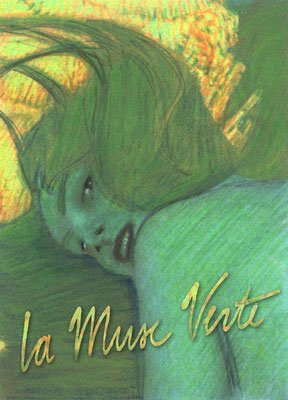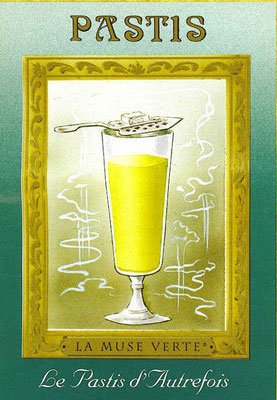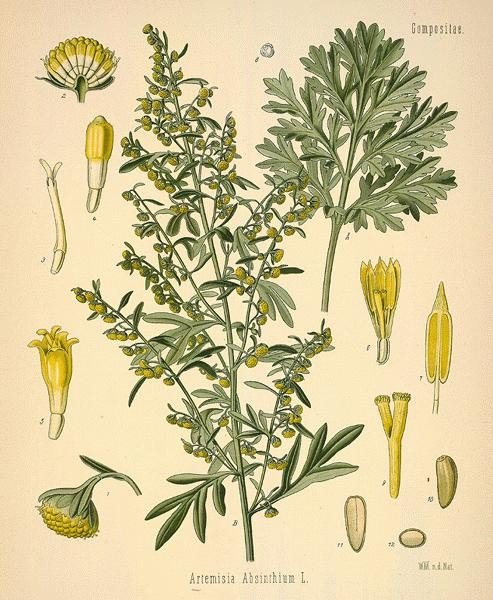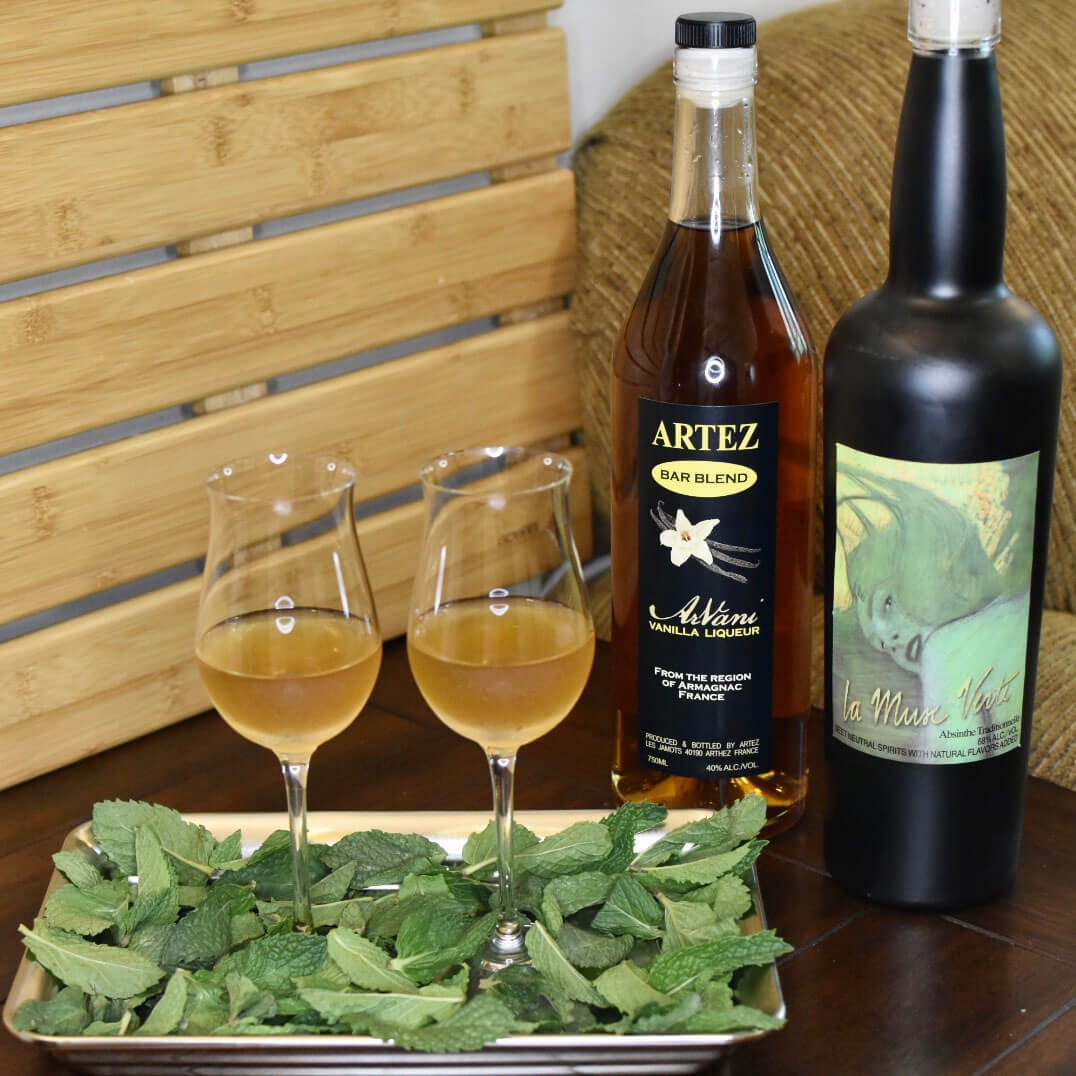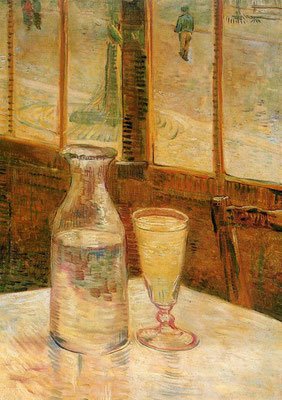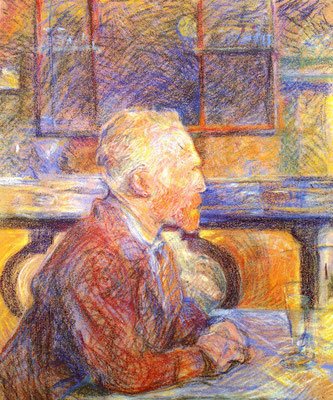Absinthe & Pastis
Explore our traditional French Absinthe and Pastis. Artisanally crafted according to original family recipes from the 1900s, La Muse Verte Absinthe and Pastis offer are meticulously crafted from high-quality botanicals, with no additives or sugar.
The Storied History of Absinthe
Artemisia Absinthium, Common Wormwood
Originally, the Egyptians used the absinthe plant as an herbal remedy.
Later, the Romans and Greeks used it as a potion composed of the absinthe plant and wine to treat stomach bugs.
Wormwood can be hallucinogenic when combined with alcohol if consumed in extremely large quantities, however, it has been established that a person would be seriously impaired by the alcohol long before they could be impaired by the wormwood.
Absinthe Distilled
In the 17th century, a Swiss doctor created an elixir d'absinthe, the first spirit-based absinthe. At that time, the spirit was primarily composed of anise, the absinthe plant (wormwood), and alcohol and was also used for medicinal purposes.
There are no set official regulations or area of appellation for the making of absinthe yet.
Some absinthe are distilled and therefore clear (Kubler), some absinthe are distilled and then colored (La Fee), and some are simply macerated in beet or grape spirit (La Muse Verte), enabling the final product to keep its beautiful natural green color and intense flavors which are derived from the plants used in the maceration.
The fogginess that occurs when adding water to pure absinthe comes from the anethol, a component of the anise plant which is insoluble in water. To obtain the best fogginess (louche), cold water needs to be added a few drops at a time to the absinthe.
Absinthe & Pastis Cocktails
Absinthe in Cocktails
Due to its strong flavors, absinthe is rarely the main ingredient in cocktails with notable exceptions like the absinthe frappé and Ernest Hemingway’s Death in the Afternoon.
However, absinthe frequently plays a supporting role in cocktails. Often used as a rinse, absinthe’s botanicals help bring depth to many classic cocktails such as the Sazerac and Corpse Reviver No. 2.
Absinthe in the Arts
Absinthe has a strongly-linked tradition with artistic circles. In fact, the "bohemian, artistic temperament" was a crucial factor that led to the long-term ban on absinthe making and consumption.
If you want to learn more about absinthe's long influence in the arts and culture, we recommend this excellent article from Wikipedia.

